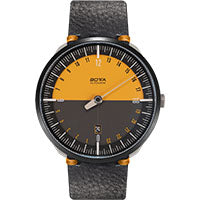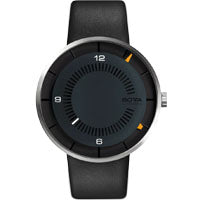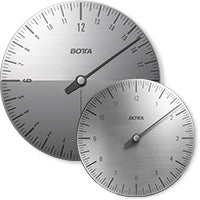Why do we often misjudge our time?
At the end of the day, many ask themselves: Where has my time gone?
Studies show that we tend to overestimate productive activities and underestimate distracting ones – leading to a feeling of time pressure without recognizing the real causes.
Documentation as the key to time clarity
The first step toward more sovereignty in dealing with time is an honest assessment.
By consistently documenting your activities over several days, you create the foundation for conscious change – not for self-optimization, but for greater transparency.
Here’s how:
-
Choose your method: Notebook, app, or spreadsheet – consistency is what matters.
-
Define time categories: Work, administration, social, development, leisure.
-
Track your day: Record 3–7 days honestly, including short phases and transitions. Also note your energy level and mood.
-
Reflect: How is your time distributed? When are your energy highs and lows? What gives or drains your energy?
Typical insights
-
Transitions and interruptions often take more time than expected.
-
Some activities are systematically underestimated.
-
There are unused time reserves (“time oases”).
Important: This is not about optimization, but about awareness and honest reflection.
Time tracking vs. time awareness
While professional time tracking is about control, personal documentation fosters awareness of your lifetime.
A BOTTA single-hand watch helps you focus on what truly matters and recognize larger time contexts.
Your task:
-
Document your time for 3–7 days – including your energy levels.
-
Reflect: How do I use my time, and how do I feel while doing so?
In the next step of the Your Time principle, we’ll explore how to visualize your time and make conscious decisions.
Subscribe to our newsletter to receive more impulses for conscious time design!










